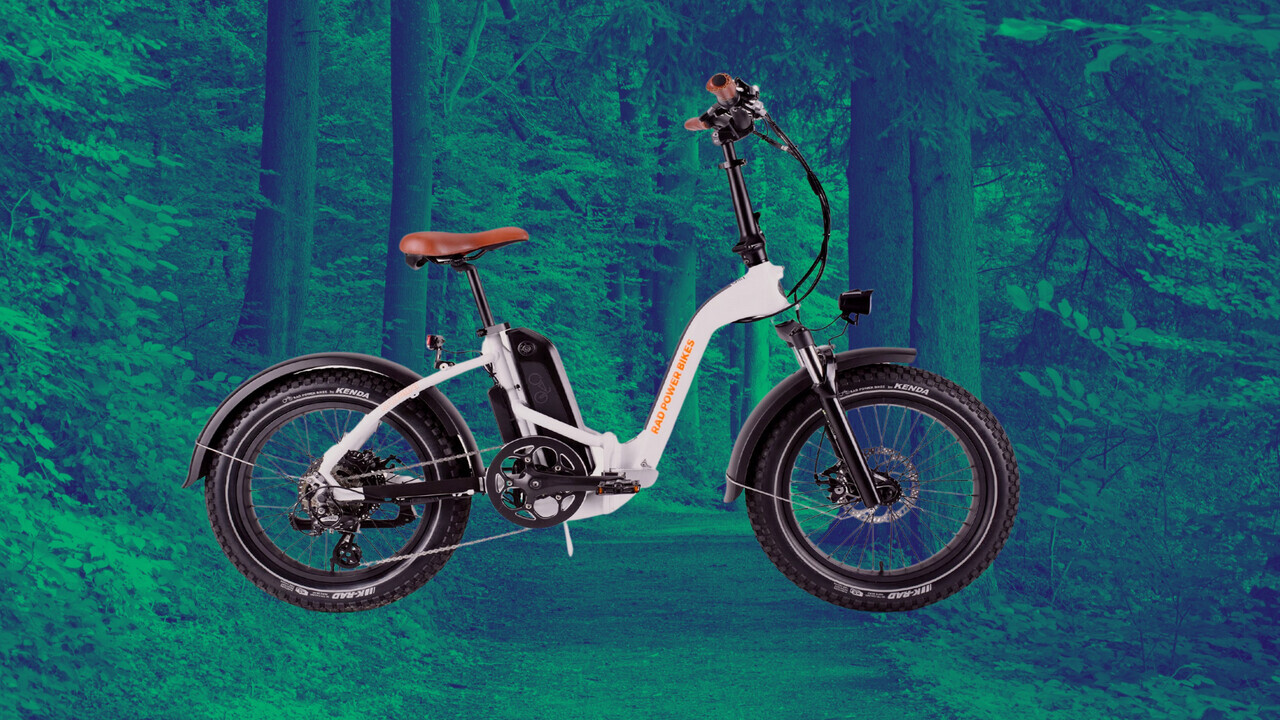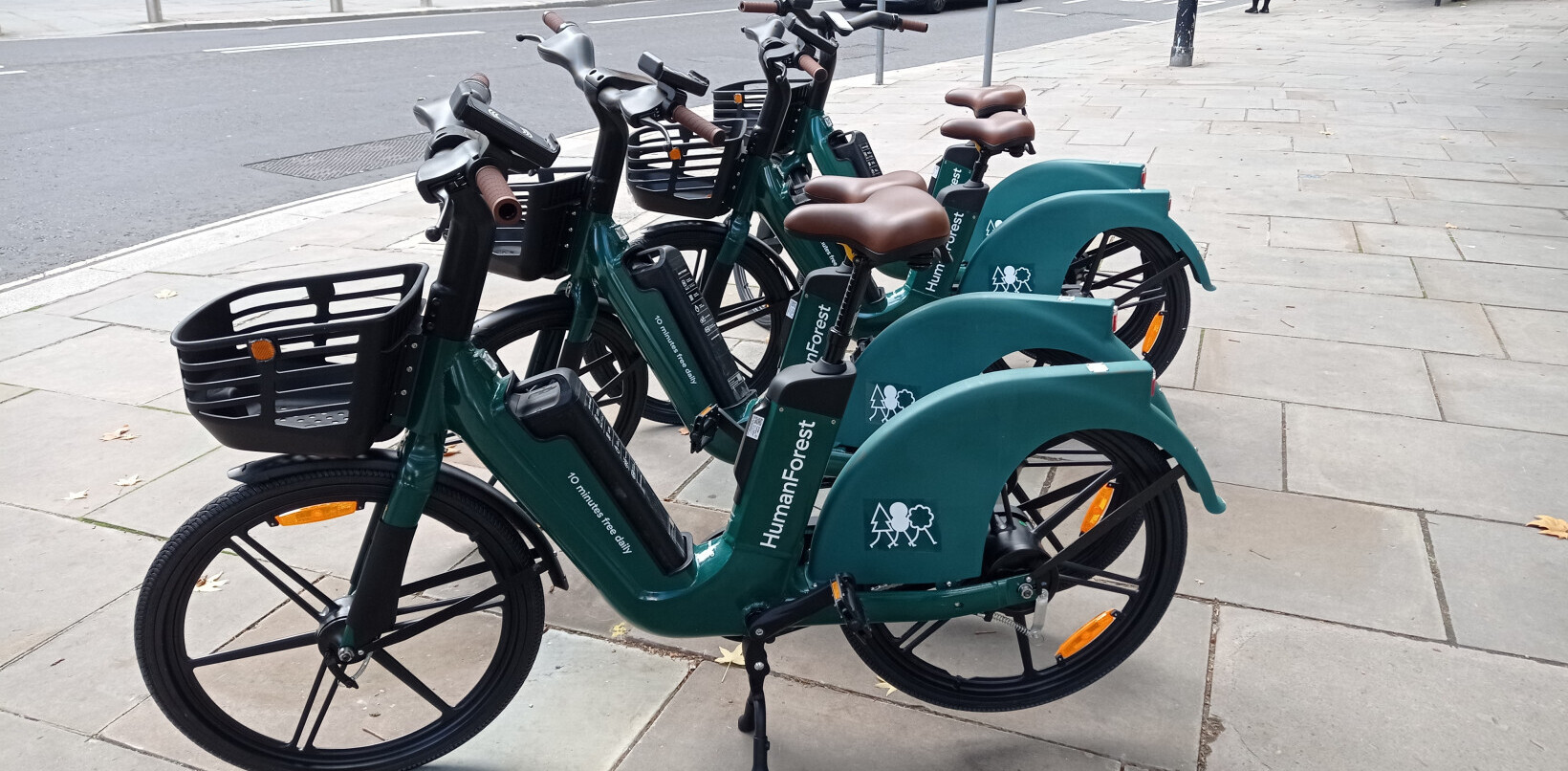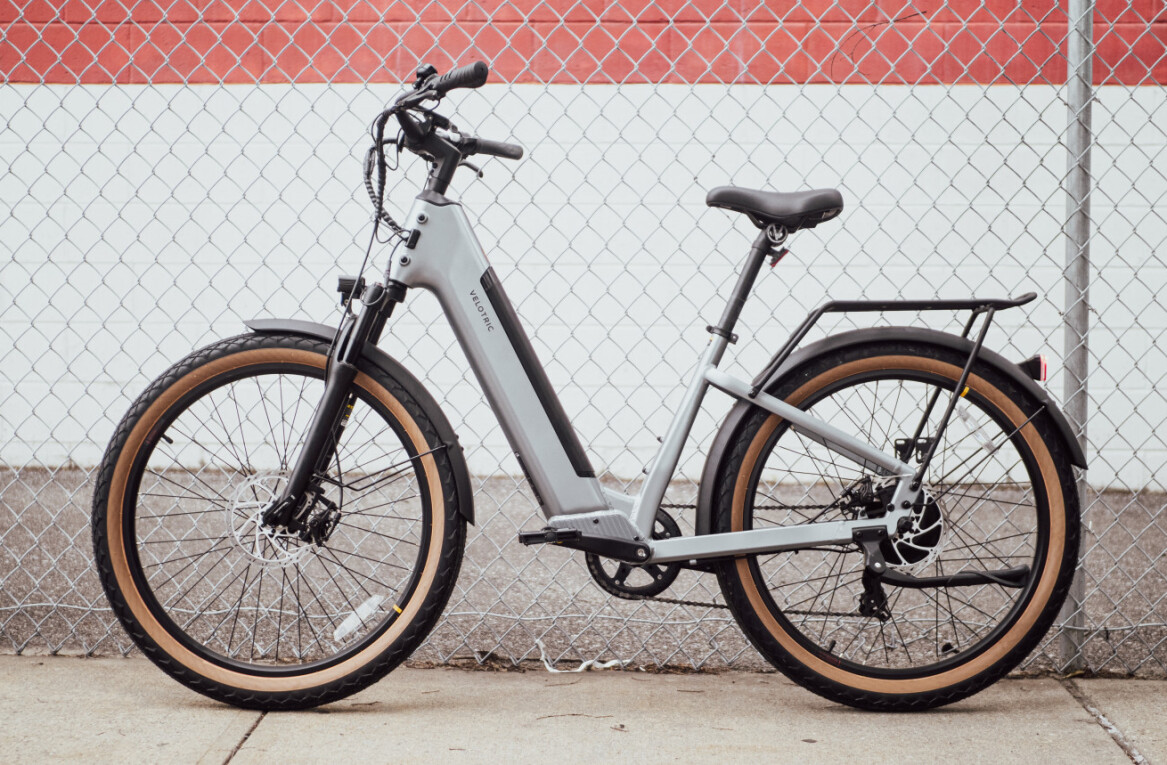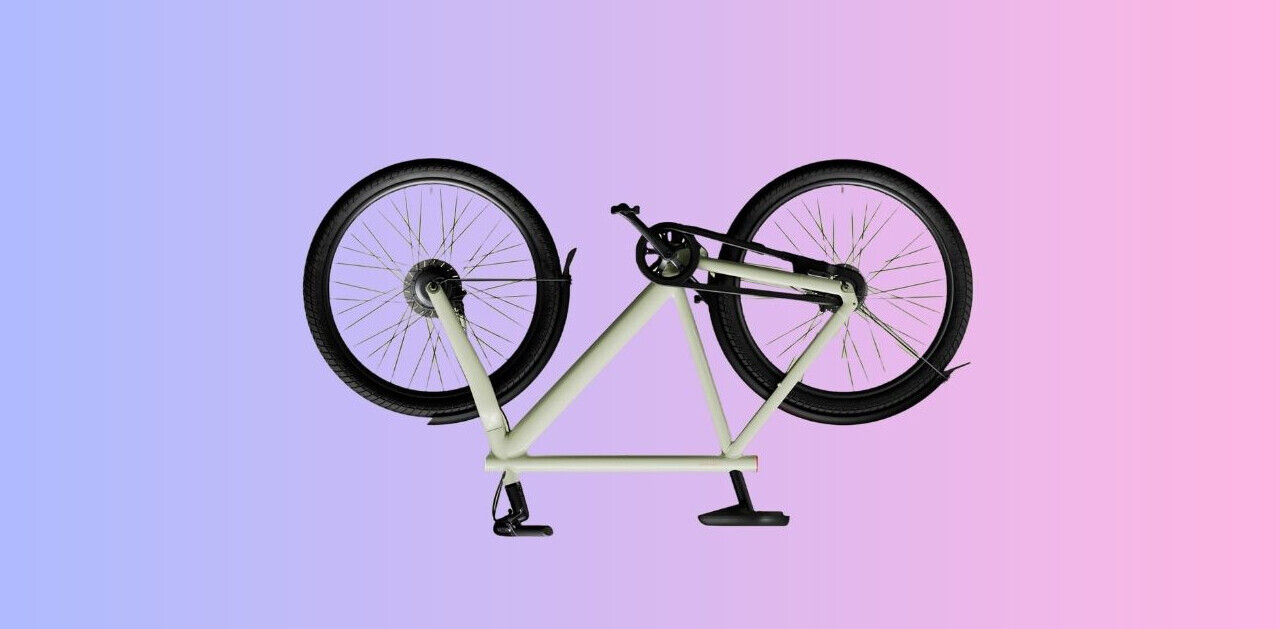
Big surprise to folks who know me: Out of all my hobbies, my favorite by far is cycling. I’ve been riding around New York and its environs for more than a decade now, and I love the freedom of exploring far off corners of the city under my own power, as well as traversing the less-far off corners in a more intimate way than I would if I were encased within a two-ton steel box.
With the pandemic still raging on, after the mandatory lockdown in the city was lifted and my job became more receptive to staff returning to the office at will, I wasn’t yet totally comfortable with the idea of commuting via subway. I happen to be one of the weird folks who don’t like to work from home long term, so when the weather was agreeable I rode to work from my home in Bed-Stuy by CitiBike, New York’s bike-share program.

CitiBikes are, frankly, not great for a long commute. Don’t get me wrong, the program is awesome, as is honestly any program that provides easy alternatives to car ownership. Folks have access to a bike pretty much anywhere in the city (provided you don’t live too deep in the outer boroughs that is), and riders can stow it at the end of a ride without worrying about theft, which has been a huge problem in the city.
But as with anything subjected to long term, public abuse, CitiBikes are heavy, slow, and in varying states of wear. You might get one that rides great, but you could just as easily find another with a bent wheel or the gearing messed up so that it feels like you’re riding through mud. Rowing even a good one for eight and a half miles one way over two bridges is not ideal.
“>CitiBike also offers pedal-assist ebikes to make these kinds of longer, trans-borough trips easier, but they were few and far between for quite a while — you could consider yourself quite lucky if you managed to snag one, a true unicorn of urban micromobility.
But for a few months after the pandemic shut things down, you could reliably get a hold of one for every ride, at least more often than not at my local station at the very edge of the current service area. And that’s when I got spoiled.
Ebikes are fun. They take the effort and the sweat, that pesky exercise part (but maybe not really?), out of biking completely. That initial jolt from the motor, the speed resulting somehow with the relative lack of effort, and oh yes, the only sliiiightly guilty feeling when surging past other bikers as they inch their way up the Queensboro Bridge — it’s all rather addicting.
After riding e-bikes almost exclusively, anything else is just… meh. Plus I never have to bring a change of clothes, since I never get sweaty. The bike is doing all the work.
I was sold. I had to buy my own.
(Plus I was spending a lot on the extra fees CitiBike charges to take out their pedal-assist bikes.)
My budget was $2000 or less, and I wasn’t looking to replace my regular analog bike. I first considered a Van Moof, which is oh so sexy but not really cheap and ultimately not as convenient for my purposes, despite the design appeal. Wing’s offerings were at a better price point, but less sexy.
Cowboy>’s bikes were also an attractive option, maybe the most, and they had a removable battery. But at the time they weren’t sold in the US, and I have some qualms about an app on my phone being such an integral part of operating my bike as Cowboy seems to want.

Ultimately I settled on a RadMini Step-Thru because it a) had a removable battery, for easy, in-office charging, b) was foldable (apartment living, folks), c) their bikes use mostly regular, off-the-shelf parts, so proprietary maintenance is less, and d) the company seemed to have a solid reputation in the US.
After an almost three month wait due to supply chain issues, I’ve put about 400 miles on my RadMini since November, and aside from a bent crank arm (see below), I have nothing but mostly good things to say, with a few quibbles. Here are my totally uninformed, unresearched, everyman impressions:
RadMiniDesign
Sure, it’s no Van Moof, the Tesla (bleh — maybe Volvo?) of ebikes, but it’s not bad looking either by any means. It’s technically a fat bike, and the chunky 3-inch tires, thick frame, and exposed wiring give it a utilitarian, SUV-like appearance. Perhaps this is the Subaru of ebikes?
I dare say the white step-thru version is more distinctive than the black model, with tasteful brown leather stretched over the grips and seat.
Despite “mini” being in the name, it’s not small. Side by side the RadMini makes my hybrid look downright puny. It also weighs almost 70 pounds. It’s not easy to maneuver this thing through doors and tight spaces, and every time I do move it, I thank St. Madonna del Ghisallo I don’t live in a walk-up. They did build in a little grip handle behind the seat to aid in lugging it around, and for what it’s worth the bike has a “walk mode” that sends a minuscule bit of power to the motor to help when pushing it.
Puzzling enough, more than a few people in other reviews online called it “effeminate.” Can these manly men stop posturing and help me get this damn thing through the convoluted entryway of my garden apartment, please?
Fit
Is it comfortable? Rad has a height chart on its website that tells you if a bike is appropriate based on your size, and as someone who is 5’ 10”. I was right at the limit for this model. With the seat height at the maximum allowed, the amount of leg extension for me could be slightly better, but since I’m not expending as much power pedaling as I would with a regular bike it’s very tolerable.
The seat though, as nice as the leather looks, is honestly not the most plush. Kinda hard and painful on long, all-day rides.
Electronics
The bike comes with a battery-integrated front and rear light. The rear has a brake light function so that it illuminates steadily when you brake. Pretty nifty! You can also set it to blink continuously, like a traditional bike light. They’re both not very bright, however, and the front light is useless, really only for people to see you, and not for you to see the foot-wide pothole coming at you fast on 2nd Avenue. I usually ride with both my detachable high-lumen lights from my other bike to supplement.
The bike also comes with a twist throttle, which a lot of the other ebikes I looked at lacked. It doesn’t provide a lot of instant oomph, but I often use it to kick off from a dead stop at a light, to quickly pass an erratic CitiBiker (it’s always a CitiBiker), or to burn up a short hill or bridge.
The bike has an LCD readout with speed, odometer, voltage meter, and a battery indicator. It’s legible in the bright sun, and is backlit when the lights are on.
It also has a USB connection so you can charge your phone or obnoxious Bluetooth speaker while riding. Did you really think I would finally spare you my Spotify playlist of 90s country hits on the way to the Pulaski, Greenpoint? How mistaken you are!
RadMini PedalAssist
There are five levels of pedal assist, a nameless Level 1, “Eco,” “Standard,” “Power,” and “Speed.” If I want to ride conservatively for a longer range, the first and second levels are recommended. You’re still doing some work at those levels; the motor is basically just compensating for the heavyweight of the bike.
It doesn’t really go until level 3, which I mostly stick to. 4 and 5 give you maximum acceleration, but I don’t really use them because the stop and go of NYC traffic make the ride kind of jerky, and I haven’t quite gotten down the finer maneuvers of weaving through traffic that I could pull off on my road bike. The power kicks in at the slightest turn of the pedal, and I can imagine it wouldn’t be hard to accelerate into the bumper of a minivan.
Riding with a mix of assist levels, I’ve managed to get a little over 45 miles in range before the battery falls to one bar out of 5. So far, I’ve never ridden it till it died.

Rad bikes are classified as “Class 2” ebikes, meaning they’re speed limited to 20 MPH; the motor simply cuts off at that point, but you can go faster on your own momentum or if you have the thighs for it. (Minus the battery, it is a regular, seven-speed bike, after all.)
With a little bit of research, though, you can dig into the controller settings and up the limiter to a little over 23 MPH, which I have done but might not recommend for legal reasons. In practice though, this means the throttle just never stops — you’re far more likely to reach 20 rather than 23 MPH, so merely the suggestion of pedaling is all you need. Honestly, it’s plenty fast as it is on factory settings.
The battery is removable, and secures to the bike with a key. I’m considering getting this as an extra bit of security for whenever I feel confident enough to lock this thing outside, which might be never considering the number of looks and curious passers-by who’ve questioned me about it.
Assorted cons
The rear rack, man, I don’t know why they designed it this way, but the diameter of the tubes are fatter than in most other racks, enough that my panniers don’t fit. Lame.
My dad got me some Timbuk2 tandem panniers, but the rack itself is too wide for them. They bulged out and there was nothing on the side to strap them down to, so they would flap out like wings unless they were loaded.
I really didn’t want to wait months for another backordered accessory from Rad’s website, nor did I want to go to Home Depot and DIY a solution like some have done, so I settled for a $12 collapsible milk crate that I zip-tied to the rack. Works wonders.
The thing with RadPower as a company, is that all these parts are off the rack from China. I’ve seen plenty of them as components on other bikes in passing, including that shitty headlamp. That’s a good thing most of the time, but sometimes the build quality is not the best.
Midway through my first ride on a gravel path, I noticed a sudden stiffness when pedaling accompanied by a curiously cyclical grinding sound, which got louder as the ride continued. Not. Good. A close inspection when I got home revealed that the chain guard was bent and sawing into the casing of my derailleur cable.

Rad’s support was great. When I contacted them about the issue, they sent me free of charge a new replacement part that, like the bike, was unfortunately also back ordered. I took the bike to my LBS on a lark and they managed to zip tie the cable out of the danger zone, so I’ve been riding it fine. I’ve since received the replacement crank arm that the chain guard is attached to, but I haven’t scheduled an appointment with Rad’s Mobile Service (which is thankfully available in NYC) to install it.
Just be mindful that some things might be damaged on delivery.
Finally, and this is the pettiest of quibbles, I know, but I hate the kickstand. It’s sturdy enough, but too sturdy: it flicks into place with a loud, jarring *clang* every time. At least it’s installed far enough away from the pedals that I can roll the bike back and forth without locking against it.
TL;DR
If I was looking to replicate the electric assist CitiBike experience, I was not disappointed. The RadMini was a solid investment and a do-anything machine that I haven’t regretted spending $1600 (including assembly and a pandemic-discount) on for a minute.
For a while, I considered getting a Vespa or specifically, a Piaggio Liberty (Vespas are terribly overpriced!). But since owing this, there really isn’t a point. I get the versatility of a moped, without the reliance on gas, plus I can take it on the bike paths. Well, most of them anyway.
I just have to remember I still have my regular bike.
This article is originally published on Medium and is reproduced with the permission of the author. You can take a read of the original article here.
Get the TNW newsletter
Get the most important tech news in your inbox each week.





